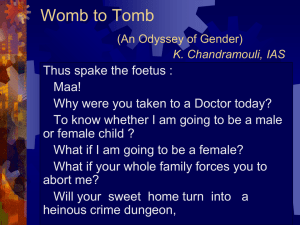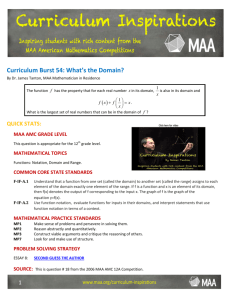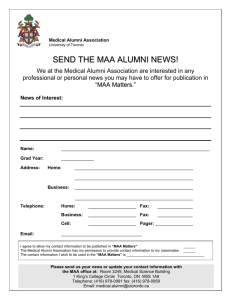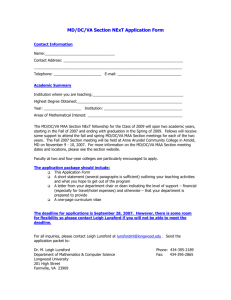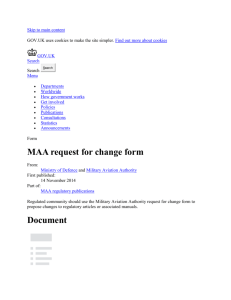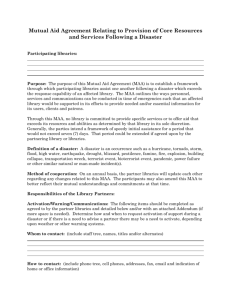Definition of Barral Modalities
advertisement
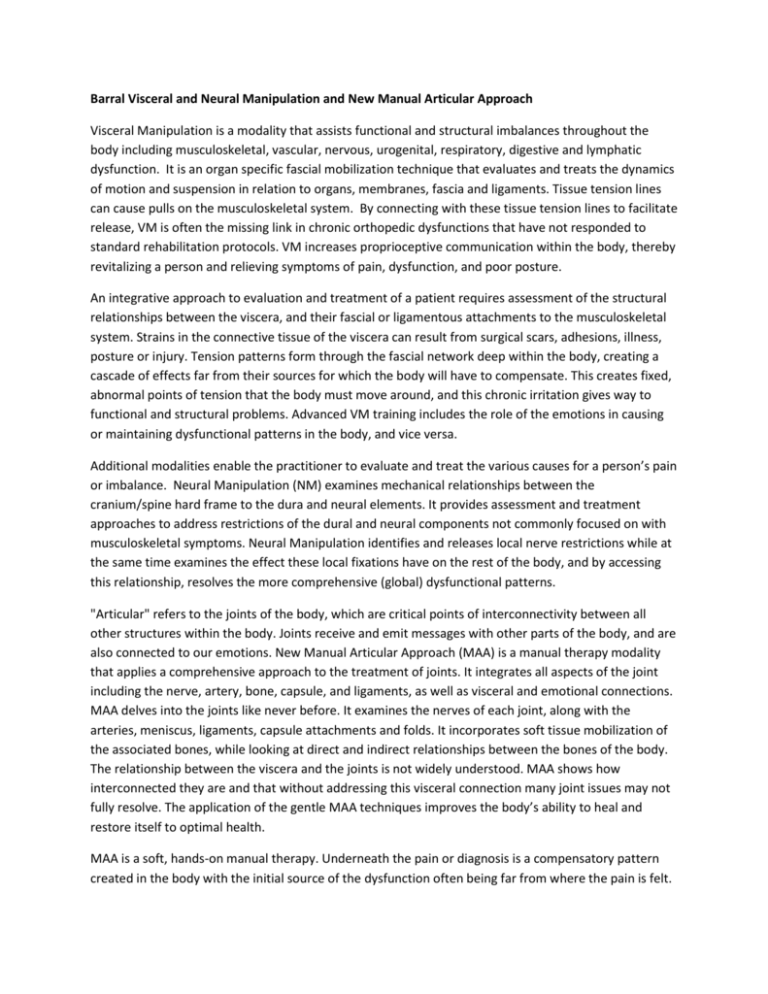
Barral Visceral and Neural Manipulation and New Manual Articular Approach Visceral Manipulation is a modality that assists functional and structural imbalances throughout the body including musculoskeletal, vascular, nervous, urogenital, respiratory, digestive and lymphatic dysfunction. It is an organ specific fascial mobilization technique that evaluates and treats the dynamics of motion and suspension in relation to organs, membranes, fascia and ligaments. Tissue tension lines can cause pulls on the musculoskeletal system. By connecting with these tissue tension lines to facilitate release, VM is often the missing link in chronic orthopedic dysfunctions that have not responded to standard rehabilitation protocols. VM increases proprioceptive communication within the body, thereby revitalizing a person and relieving symptoms of pain, dysfunction, and poor posture. An integrative approach to evaluation and treatment of a patient requires assessment of the structural relationships between the viscera, and their fascial or ligamentous attachments to the musculoskeletal system. Strains in the connective tissue of the viscera can result from surgical scars, adhesions, illness, posture or injury. Tension patterns form through the fascial network deep within the body, creating a cascade of effects far from their sources for which the body will have to compensate. This creates fixed, abnormal points of tension that the body must move around, and this chronic irritation gives way to functional and structural problems. Advanced VM training includes the role of the emotions in causing or maintaining dysfunctional patterns in the body, and vice versa. Additional modalities enable the practitioner to evaluate and treat the various causes for a person’s pain or imbalance. Neural Manipulation (NM) examines mechanical relationships between the cranium/spine hard frame to the dura and neural elements. It provides assessment and treatment approaches to address restrictions of the dural and neural components not commonly focused on with musculoskeletal symptoms. Neural Manipulation identifies and releases local nerve restrictions while at the same time examines the effect these local fixations have on the rest of the body, and by accessing this relationship, resolves the more comprehensive (global) dysfunctional patterns. "Articular" refers to the joints of the body, which are critical points of interconnectivity between all other structures within the body. Joints receive and emit messages with other parts of the body, and are also connected to our emotions. New Manual Articular Approach (MAA) is a manual therapy modality that applies a comprehensive approach to the treatment of joints. It integrates all aspects of the joint including the nerve, artery, bone, capsule, and ligaments, as well as visceral and emotional connections. MAA delves into the joints like never before. It examines the nerves of each joint, along with the arteries, meniscus, ligaments, capsule attachments and folds. It incorporates soft tissue mobilization of the associated bones, while looking at direct and indirect relationships between the bones of the body. The relationship between the viscera and the joints is not widely understood. MAA shows how interconnected they are and that without addressing this visceral connection many joint issues may not fully resolve. The application of the gentle MAA techniques improves the body’s ability to heal and restore itself to optimal health. MAA is a soft, hands-on manual therapy. Underneath the pain or diagnosis is a compensatory pattern created in the body with the initial source of the dysfunction often being far from where the pain is felt. A skilled MAA practitioner searches for this pattern and its source, evaluating the whole body and not just the problematic joint, and treats the related tissues. MAA treatment is comprised of precise gentle engagement and soft tissue mobilization of the associated bones, while looking at direct and indirect relationships between the bones of the body. As the source of a problem is released, symptoms will start to decrease. Reaction and response time can vary with each Manual Articular Approach treatment.
